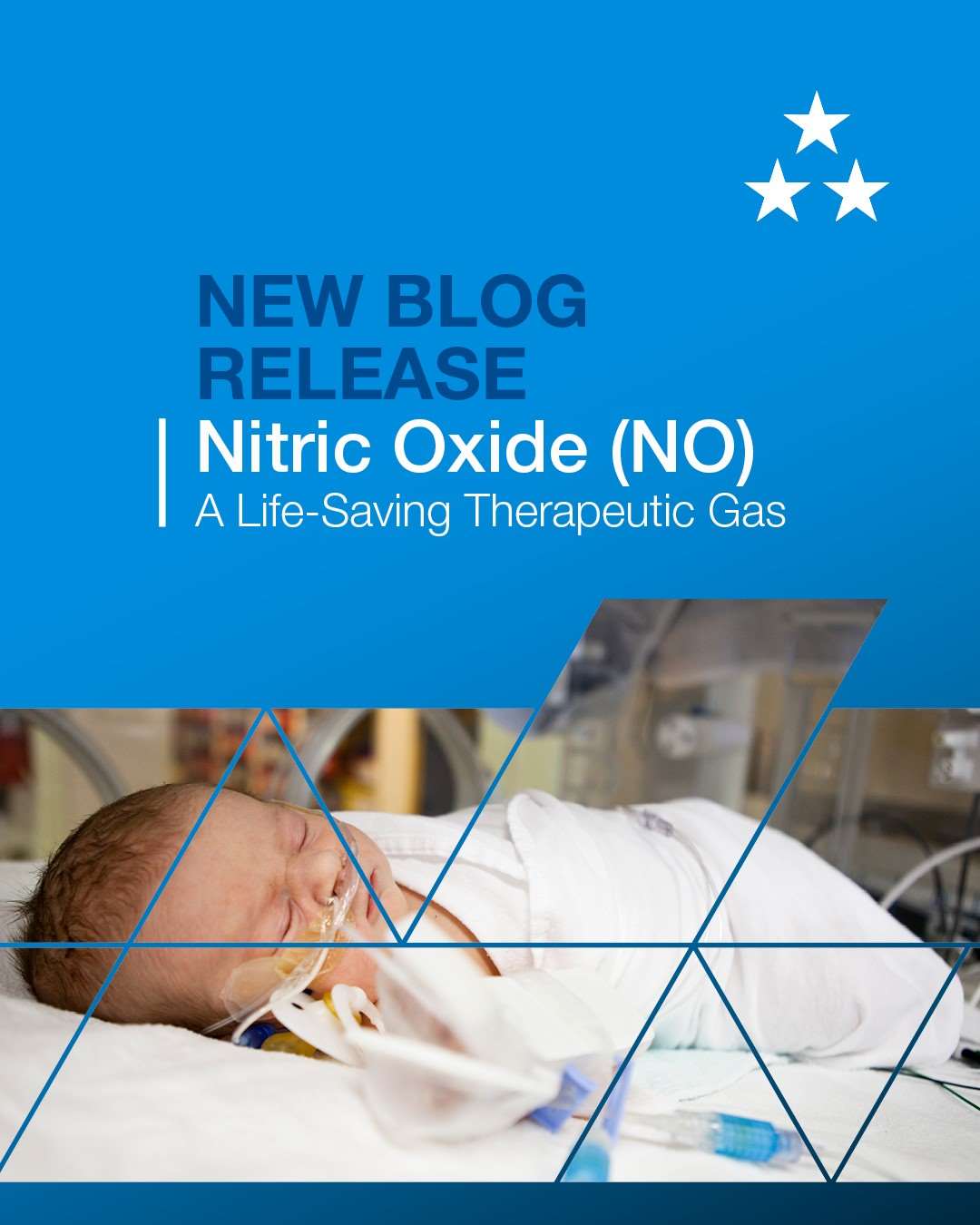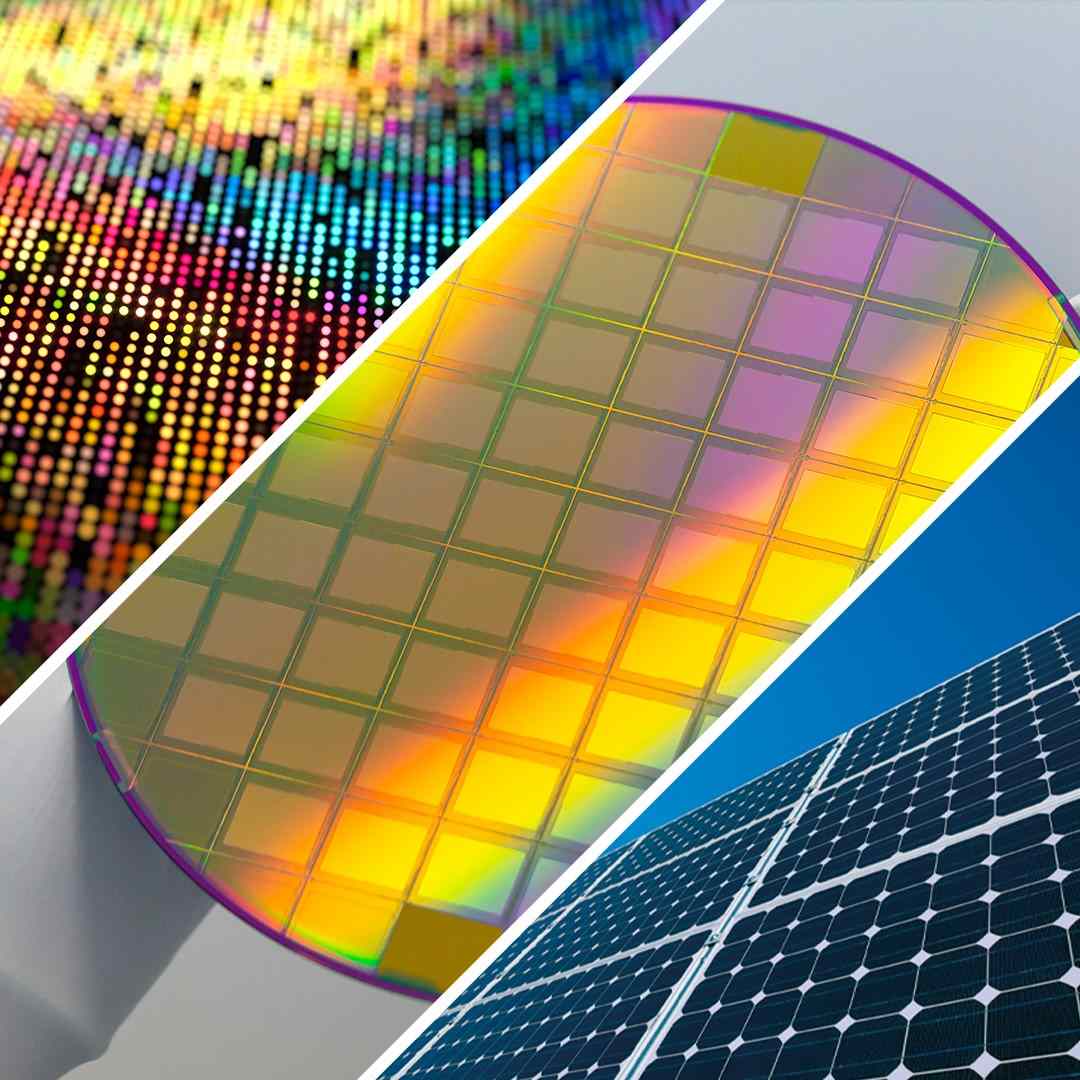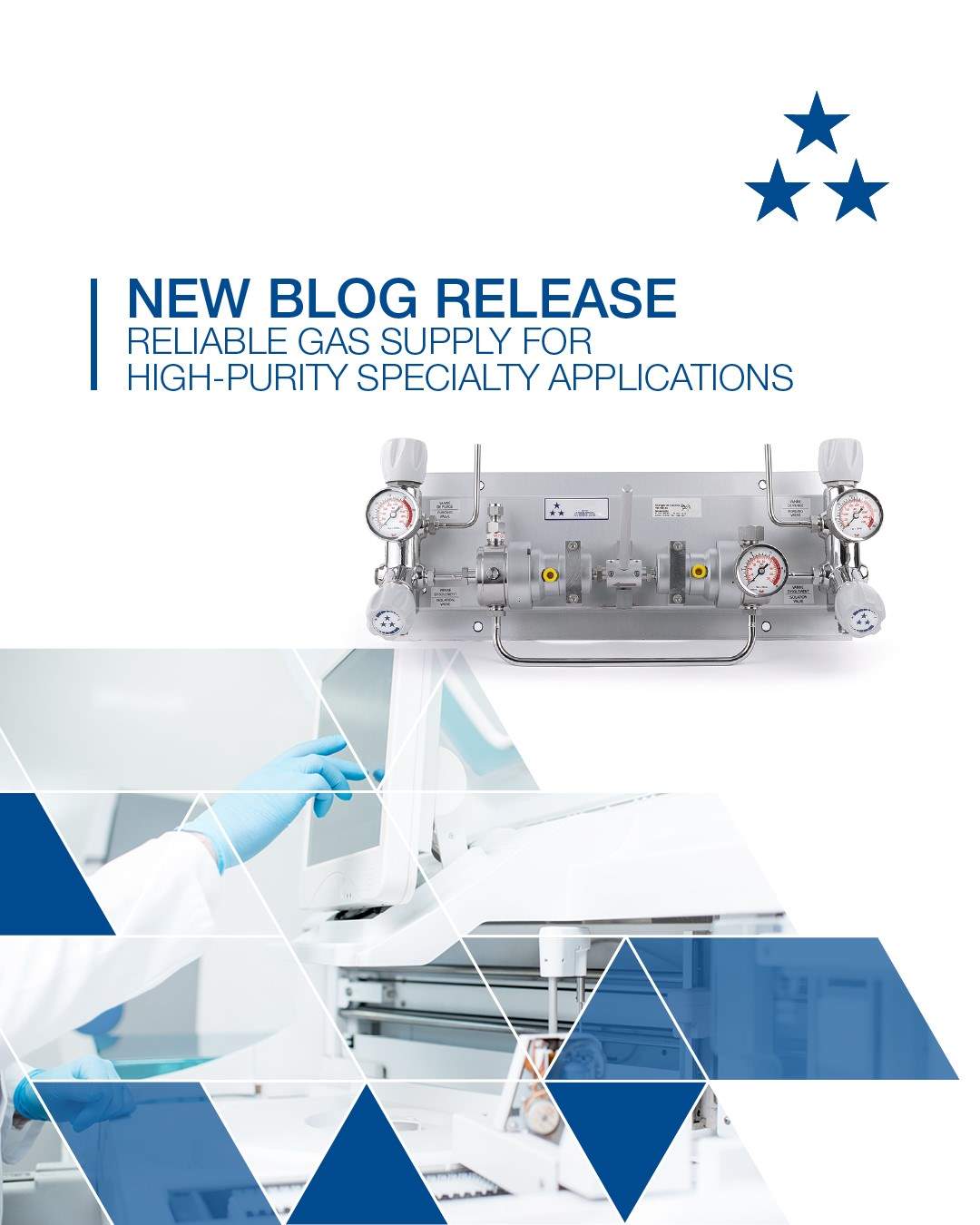All you need to know about Nitric Oxide therapies
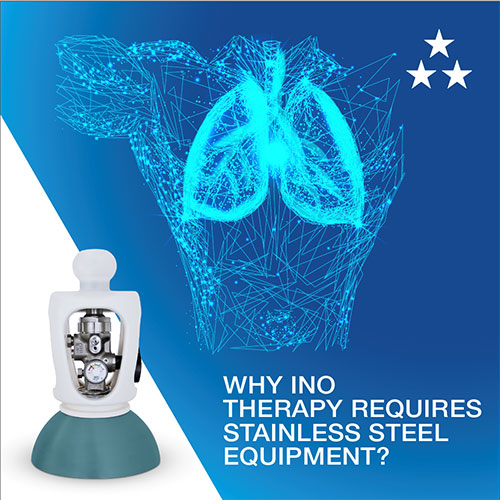
Inhaled (iNO) and Non-inhaled (NO) nitric oxide therapies
Inhaled nitric oxide is a medication used to treat a variety of medical conditions, particularly in the field of critical care medicine. The primary effect of inhaled nitric oxide is to cause vasodilation, which means it relaxes the smooth muscle cells in blood vessel walls, resulting in the widening of blood vessels and increased blood flow.
Nitric oxide is also a molecule that is produced naturally in the body and has important physiological functions, particularly in the cardiovascular and nervous systems. One of the primary effects of non-inhaled nitric oxide is vasodilation, similar to the effect of inhaled nitric oxide. Nitric oxide can also improve blood flow to the organs and tissues, which can be beneficial in certain medical conditions.
Applications
Diabetes complications
Nitric oxide can be extremely helpful for people with diabetes. When the organism has problems with insulin production, it faces a high blood glucose level. Nitric oxide contributes to the sensitivity stabilization of the human to this hormone, that is why the glucose level is better regulated. It has an ability to act as antioxidant agent. It builds a protection for cells damaged by high levels of glucose.
Cicatrisation
Nitric oxide also plays a role in the repair of the largest organ of the body – skin. It promotes the new blood vessels in the place of the injury, which is necessary in the processes of nutrients and oxygen delivery and following healing.
Nitric oxide also has antimicrobial effects. Contributing to infection prevention in the wound site, it can help to promote cicatrisation and reduce the risk of complications.
Acute respiratory distress syndrome (ARDS)
In critically ill patients, inhaled nitric oxide can be used to treat conditions such as acute respiratory distress syndrome (ARDS), pulmonary hypertension, and hypoxic respiratory failure. The increased blood flow to the lungs caused by inhaled nitric oxide can improve oxygenation and reduce the need for mechanical ventilation.
In addition to its vasodilatory effects, inhaled nitric oxide also has anti-inflammatory properties and can reduce the formation of blood clots. It can also improve the function of the heart by reducing afterload, the force the heart must work against to pump blood, which makes it beneficial for post heart surgery therapies amongst other things.
‘Blue Baby Syndrome’
‘Blue Baby syndrome’ is a medical condition that causes a bluish discoloration of the skin due to a decreased amount of oxygen in the blood. Lack of the oxygen delivery can occur for several reasons such as congenital heart conditions, Tetralogy of Fallot (combination of four heart defects), pulmonary disorders, methemoglobinemia when high indications of methemoglobin don’t let oxygen to release, lungs misformation, and others.
Inhaled nitric oxide therapy is a treatment that can be used to manage ‘Blue Baby Syndrome’. It can help to increase the amount of oxygen in the blood by dilating blood vessels in the lungs and improving blood flow to the affected areas.
The importance of reliable and precise equipment for Nitric oxide therapies:
Both inhaled and non-inhaled therapies require an extremely precise dosing to avoid possible very strong side effects. Besides, while choosing iNO therapy it is also important to remember that nitric oxide is a corrosive gas, and toxic if wrongly dosed, and thus requires the use of high level of tightness gas equipment, and of course, the use of proper material is necessary to avoid misfunction of the equipment after some time due to the damaging effects of the gas. While most of other medical gas equipment on the market are made in brass, nitric oxide requires stainless steel, ensuring durable and safe usage.
Since 1922, Rotarex has been developing gas cylinder valves and regulators for different industries, including semiconductors manufacturing. It demands precise and very resistant products in stainless steel to work with toxic and corrosive gases.
Rotarex MediTec uses the expertise and know-how of Rotarex’s group to present its iNO therapy gas equipment range. To manage the gas in a safe way, medical cylinder valves and regulators should be reliable and certified as the highest quality is vitally important.
Rotarex iNO therapy gas equipment range:
Rotarex standard valves and pressure regulators have already been running successfully on the market. Today many iNO therapy machines are already equipped with those.
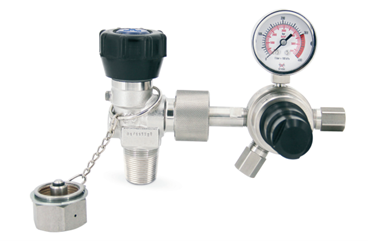
Medical gas pressure regulators and standard valves
Focused on usability and safety, Rotarex Meditec is proud to announce its innovation for iNO therapies, an all-in-one solution with increased safety because of no high-pressure access. The first stainless steel valve with integrated pressure regulator (VIPR D551) is compact, transportable, adaptable, and easily connectable.
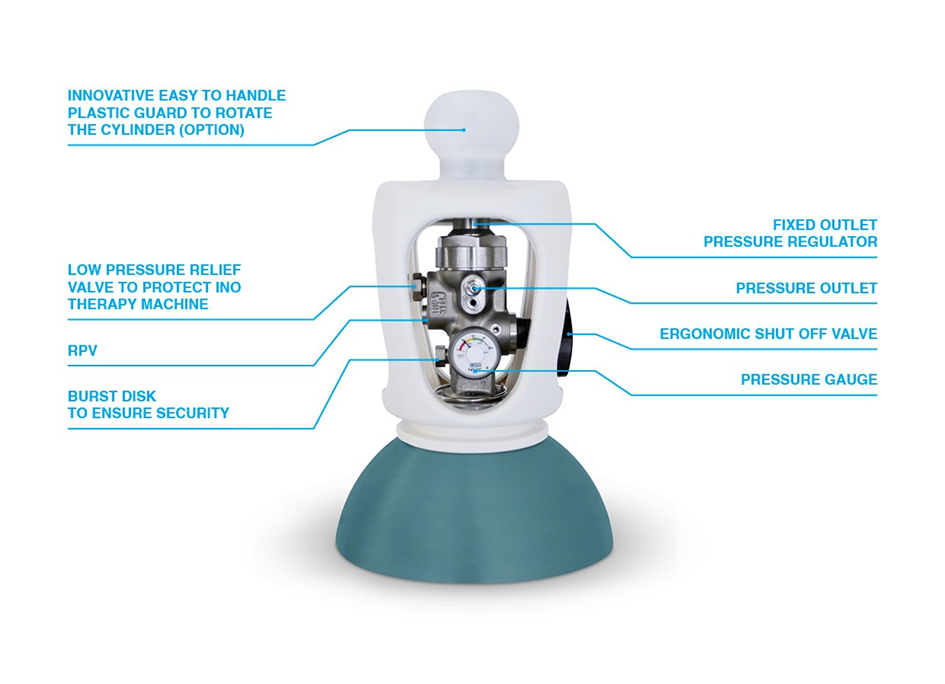
VIPR is a medical gas valve with integrated pressure regulator
![]()
Contact: Mathieu Chatelet, Senior Sales Manager MediTec


